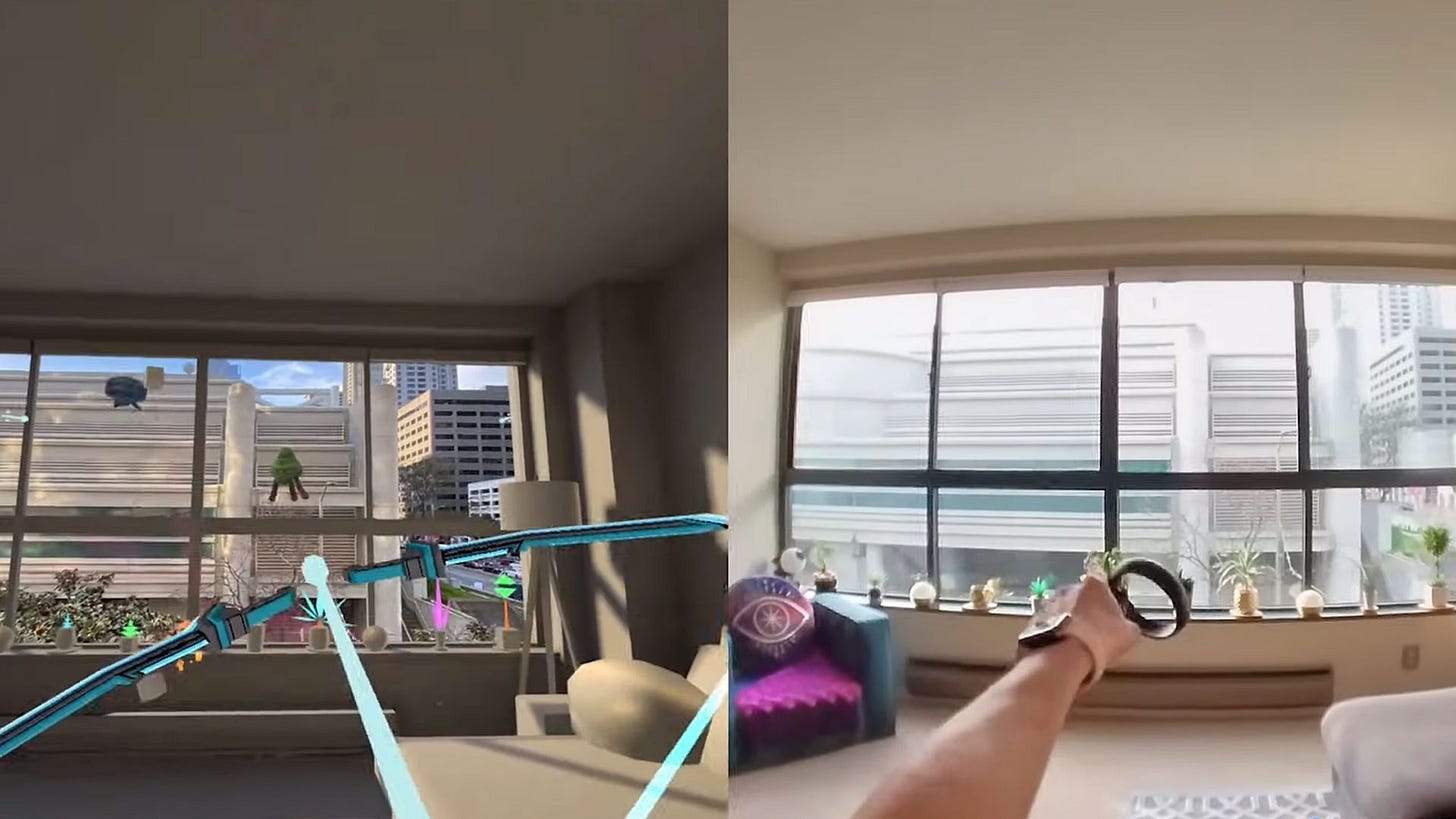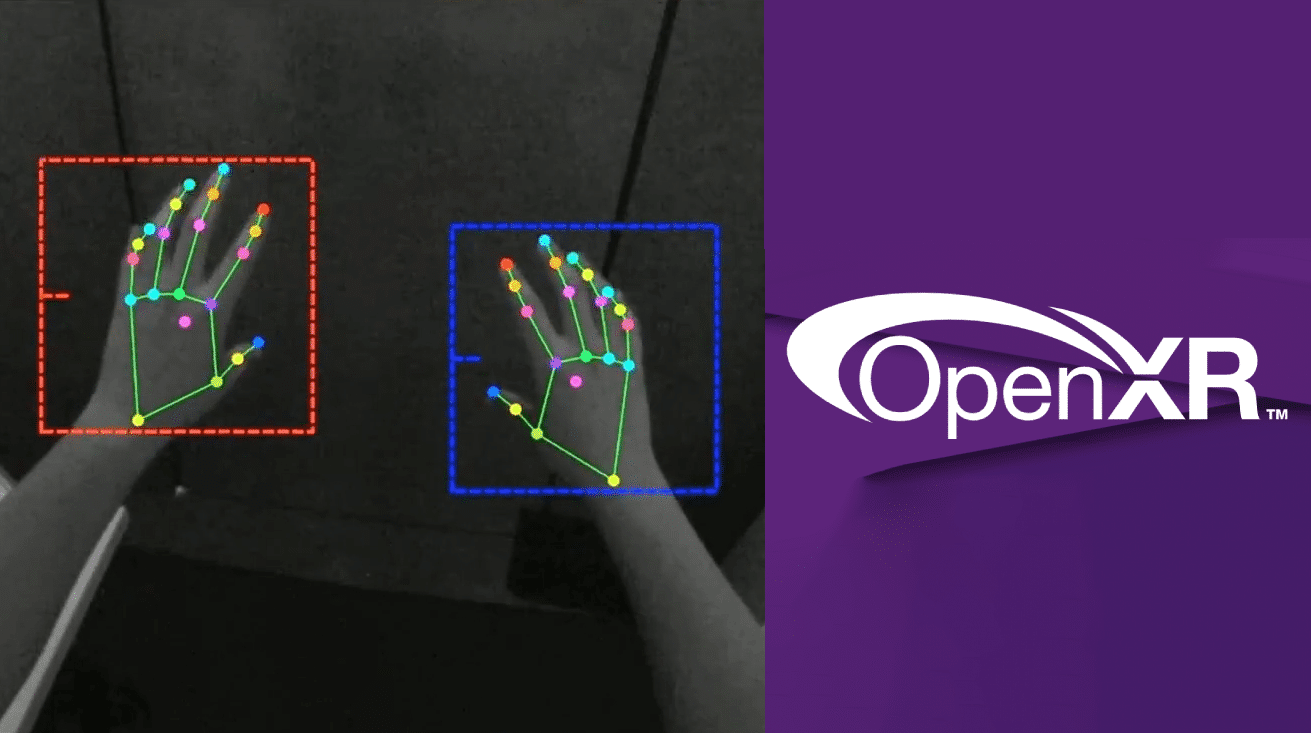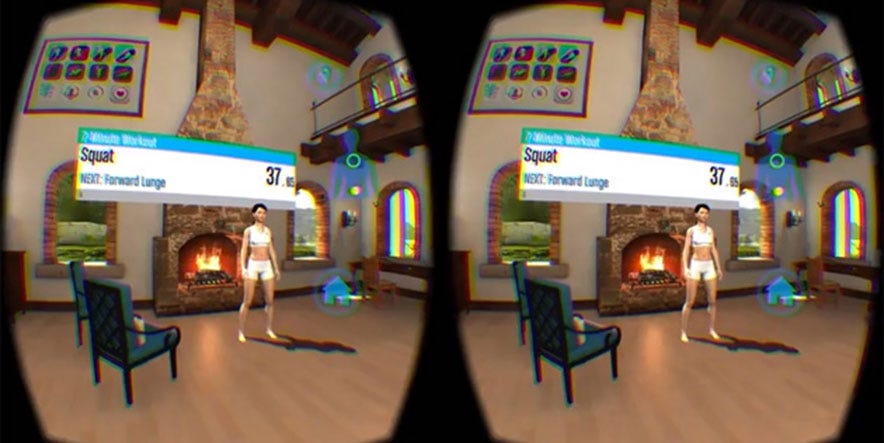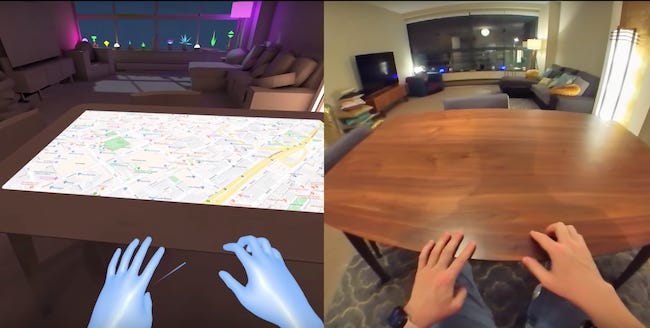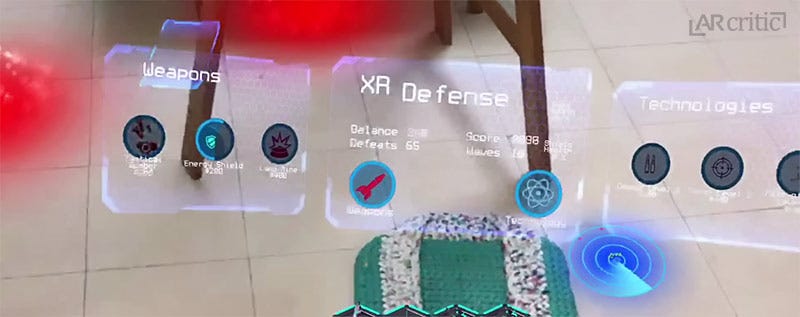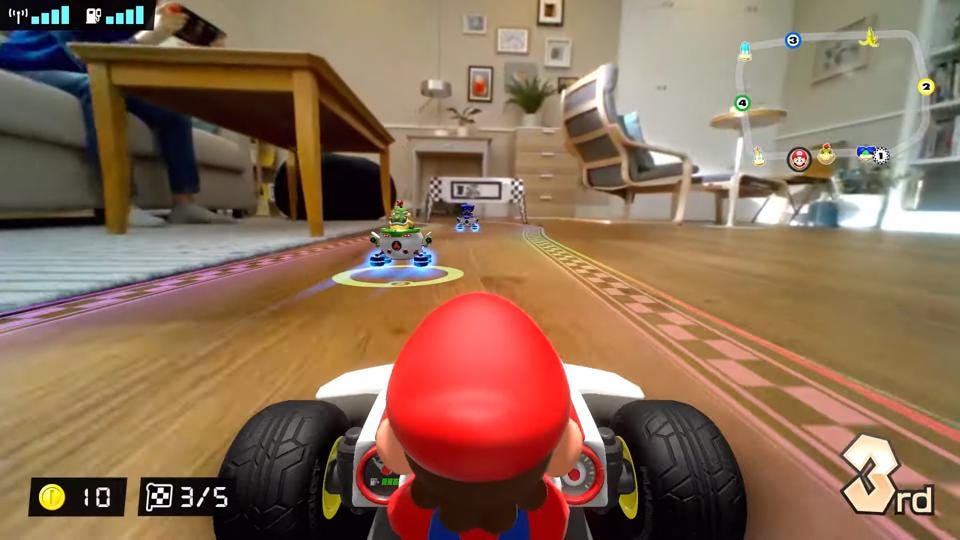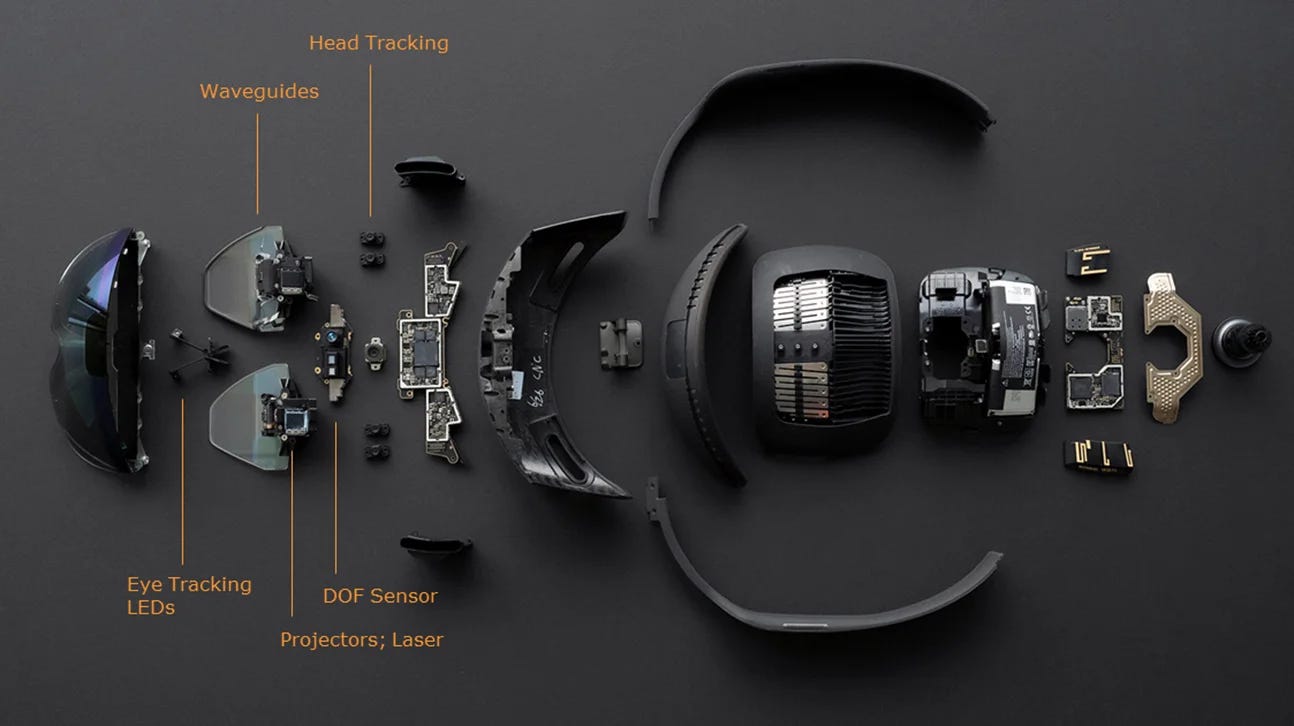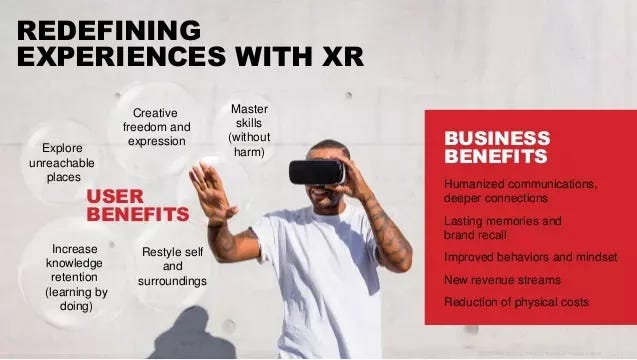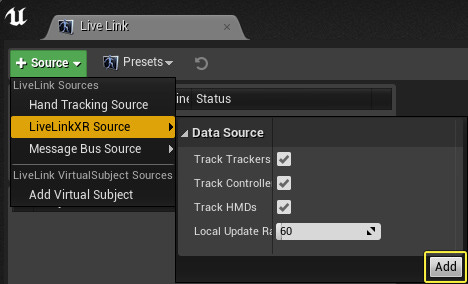On this page
˚₊· ͟͟͞͞➳❥ XR mean the experiences:
Augmented reality: digital info (yknow’ images, gifs, text) overlays my view of the real world through handheld devices like smartphones or wearable devices like smart glasses.
Virtual reality: virtual world replaces my view of the real world letting me interact with and navigate the virtual environment as if it were real through a wearable device.
Mixed reality: elements of both AR and VR creates an experience where my virtual objects interact with the real world in a seamless way through the use of head-mounted display (HMD) devices like Microsoft HoloLens or Magic Leap One.
Unreal Engine supports both developing for XR platforms and using XR devices. The sections below links to documentation on how to work with XR devices in your projects.
<3 Developing for Head-Mounted XR Experiences with OpenXR
OpenXR is a royalty-free, open standard that provides high-performance access to XR platforms and devices. With OpenXR, you can create an immersive experience in Unreal Engine that can run on any system that supports the OpenXR APIs. Currently, OpenXR in Unreal Engine only supports head-mounted devices.
This section describes how OpenXR works in Unreal Engine.
Unreal Engine Guide to Head-Mounted Development
<3 Developing for Handheld Augmented Reality Experiences
Handheld AR experiences are fundamentally different from head-mounted XR experiences. This section explains how to get started with handheld AR and how to use the unique features included on these platforms.
Unreal Engine Guide to Handheld AR Development
<3 Getting Started with XR
This section explains the basics of creating XR applications in Unreal Engine.
Unreal Engine project setup Guide and best practices for AR/VR devices
<3 Making Interactive XR Experiences
There are many different kinds of input for XR, such as hand tracking, motion controllers, and eye tracking. This section describes how to add input to your XR applications in Unreal Engine.
Guide to Add user input to your AR and VR projects in Unreal Engine
<3 Creating UI for XR Experiences
For XR experiences, the user interface (UI) must be 3D so you can interact with it in the virtual environment. This section guides you through how to create UI for XR applications in Unreal Engine.
Unreal Engine Guide for designing user interfaces in XR experiences
<3 Shared Experiences in XR
This section describes how to create content that can be shared across multiple XR devices.
Unreal Engine Guide to Creating an immersive experience for multiple users Development
<3 Supported XR Platforms in Unreal Engine
This page provides information on the XR platforms and devices supported in Unreal Engine and how to set them up.
Unreal Engine Guide to Setup AR/VR devices for development
<3 Performance and Profiling with XR
This section guides you through how to profile your XR applications and what to consider when you need to improve performance.
Tools and strategies for profiling your XR projects in Unreal Engine
<3 Using XR for Content Creation
Unreal Engine also supports using XR in your content creation pipeline, such as building environments in virtual reality and streaming tracking data from devices into the engine for animation. These pages show how to use your XR devices with Unreal Engine for more than developing on them.
Guide to Use LiveLink with XR devices through the LiveLinkXR plugin
Live Link VRPN plugin instructions to Add tracking and input data from VR peripherals
Unreal Engine iOS Guide for Live Link, Live Link Face app, and ARKit to capture facial animations and apply them to characters


